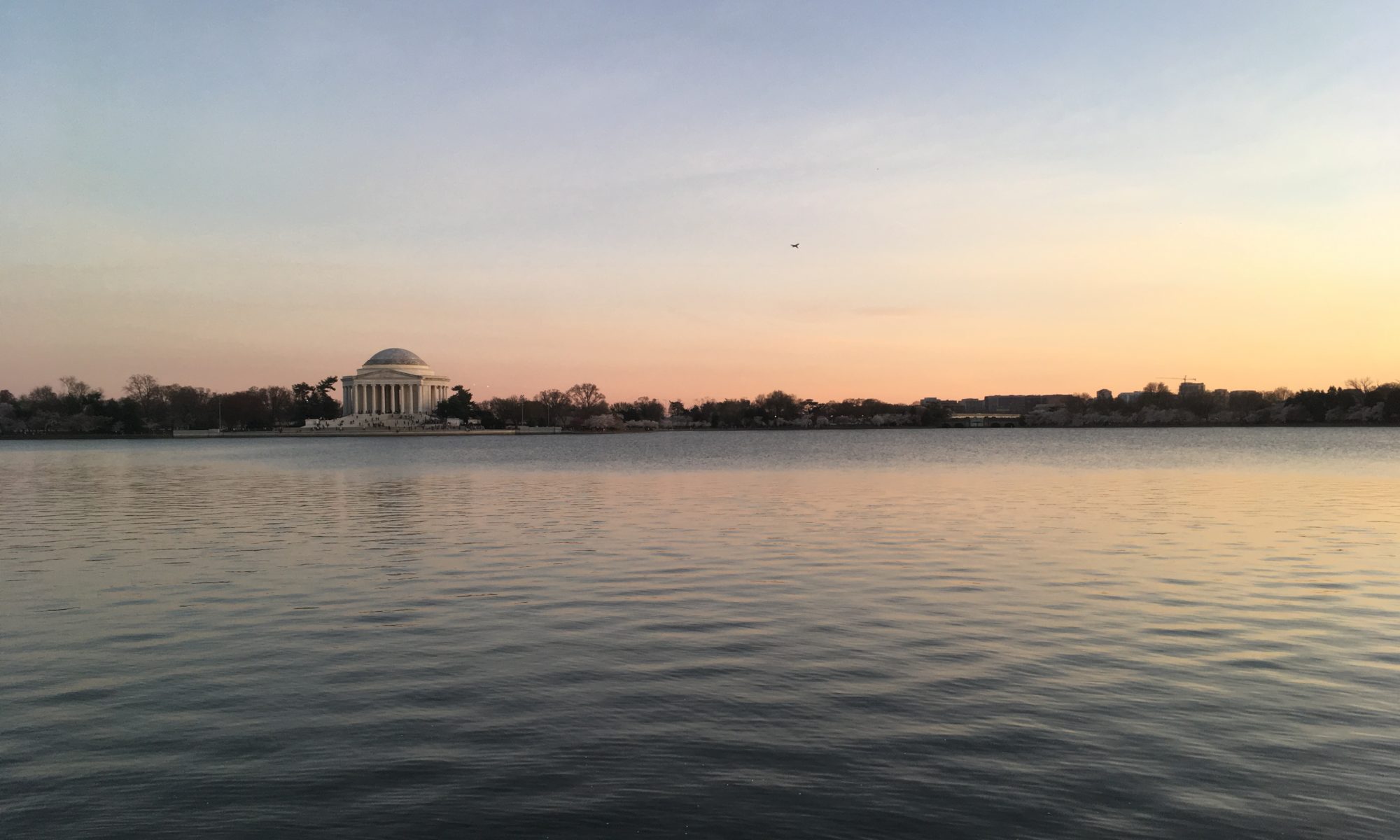–The sister-city relationship between Baltimore and Kawasaki

During the six years I spent in Japan, I grew up and went to school in Ota-ku, a southwestern ward in Tokyo, and Yokohama. Both places neighbor the city of Kawasaki, an industrial city that I visited many times.
So I was honored to interpret for a delegation representing the city of Kawasaki when they visited Baltimore last month. They are sister cities celebrating the 40th anniversary of their relationship!
Sister City Relationship

The Baltimore-Kawasaki Sister City Committee is led by two wonderful individuals who are very committed and active. I met them when I interpreted at the Baltimore Japan Art Festival a year ago–and they have kindly given me several interpreting opportunities since then (including this one!). Working alongside Kawasaki officials, they arranged these meetings during the delegations’ visit.
One of our meetings was with Baltimore Sister Cities, Inc., a nonprofit organization that brings together the representatives of seven cities around the world that have sister relationships with Baltimore. It was fascinating to hear about the Dutch city of Rotterdam and its exchanges with Baltimore on architecture and urban design; about Xiamen in China and its youth exchange programs with Baltimore; and Alexandria in Egypt, which is known for its ancient library and has a digital exchange program with students in Baltimore. The cities have varied connections and histories with Baltimore, but what was encouraging to me is that Baltimore Sister Cities was founded in 2016–showing that despite what’s going on in recent domestic policies in the U.S., the trend towards globalization (and especially regional collaboration) is only getting stronger!
Separately, Mayor Jack Young of Baltimore and the Chair of the Kawasaki City Council signed an MOU commemorating the 40th anniversary. (The mayor of Kawasaki had to withdraw from the delegation due to Typhoon Hagibis, which struck just a few days prior.) The Kawasaki side presented a gift: Japan’s famous wax food samples, made to resemble Chesapeake crabs and other regional delicacies! The mayor displayed it right outside his office.

Urban Development in Baltimore
Another theme of this delegation’s visit was urban development. We heard from a local redevelopment company as well as various officials from the Baltimore City Hall working on Project CORE, which strives to improve housing and shared spaces. The most memorable part to me was when we visited neighborhoods and saw new recreational spaces created with the vision of local residents. One of those, Kirby Park, is a green space among new and old houses (some of them waiting to be demolished). The park featured not only new gardens, benches, and trees planted by local residents that very morning, but also a horseshoe pit, in a nod to tradition and history.
We also visited the Sagamore Pendry Hotel, which just opened two years ago. Originally a commercial pier that was built in 1914, the waterfront hotel offers modern interior design while retaining the brick structure, beams and other parts of the pier. There are also many elements that serve as a nod to Baltimore, like nautical and industrial decorations, as well as a mural of the national anthem (which refers to Fort McHenry in Baltimore). What was fascinating to me was that this renovation was done by Kevin Plank, the founder of Under Armor. Apparently, since establishing the company headquarters in Baltimore (he is from Maryland), he has worked to rebuild and invest in the community. These connections are shown in many ways: for example, hotel guests can use the Under Armor gym, which is located right across the water, for free (I can’t imagine riding the water taxi in gym clothes, though!).

Urban Development in DC
The delegation also visited DC, where we heard about the Anacostia Waterfront Initiative from the DC Department of Transportation. A new bridge and park will not only connect Anacostia with the rest of the DC, but also strives to bring social equality among different communities by providing a space where they can interact, learn, and rest together.
We also visited places like the new DC United Audi Field, where we saw green infrastructure applied to the very wide sidewalks (accommodating huge crowds that would come see soccer games) around the stadium. Our last stop was The Wharf, where we admired the waterfront view, and heard from the firm that designed it about how it’s booming as a new neighborhood.

I learned so much about sister city ties, urban development, and most especially about local residents’ pride in their communities. This was such a fun project and I’m glad to have had a tiny role in it!
